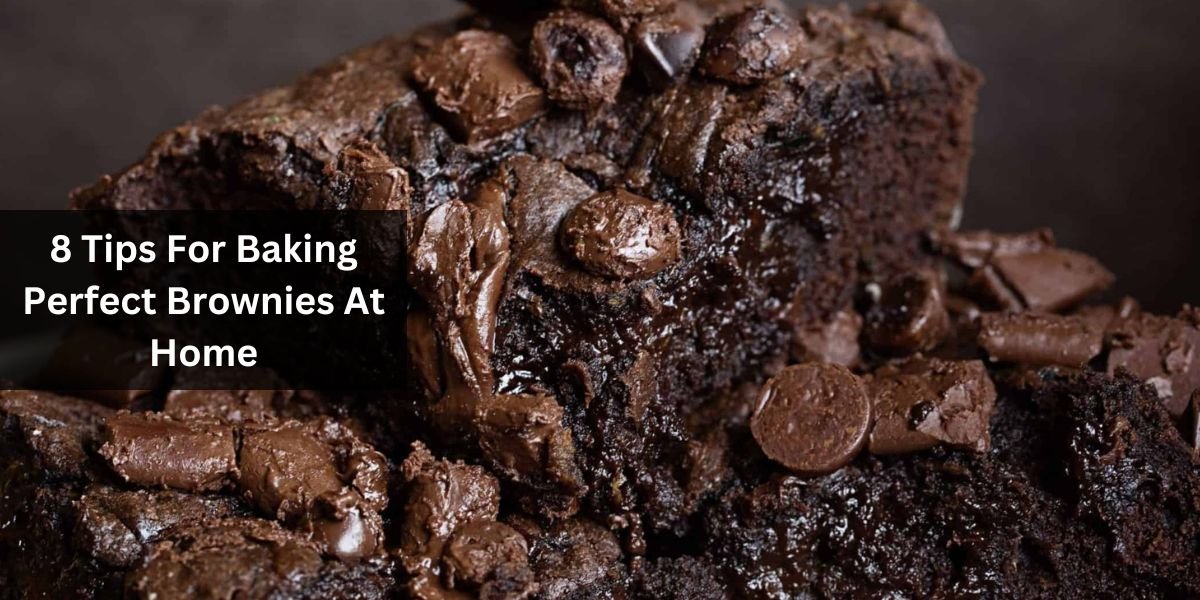Who doesn’t love the indulgent aroma of freshly baked brownies wafting through the kitchen? Baking the perfect batch of brownies is an art that anyone can master with a little know-how and some helpful tips. In this article, we’ll explore eight tried-and-true techniques to elevate your brownie game and create mouthwatering treats that will leave everyone begging for more.
The Importance of Quality Ingredients
Creating the perfect brownie starts with the basics – high-quality ingredients. From premium chocolate and fresh eggs to pure vanilla extract, using the best components sets the foundation for a delectable brownie experience. Don’t skimp on the quality of your ingredients, and your taste buds will thank you.
Balancing Wet and Dry Ingredients
Achieving the right balance between wet and dry ingredients is crucial for the texture of your brownies. Follow the recipe closely and measure accurately to ensure a moist and fudgy interior. Too much flour can lead to a dry outcome, while too little can result in a gooey mess.
The Magic of Proper Mixing
Mixing your brownie batter may seem like a simple task, but it can significantly impact the end result. Gently fold the ingredients together until just combined – overmixing can lead to a tough texture. Aim for a smooth and lump-free batter for the perfect brownie consistency.
Choosing the Right Pan
The type of pan you use can influence the baking time and texture of your brownies. Opt for a dark-colored pan to absorb heat and promote even baking. Glass pans may require adjustments in temperature and cooking time. Experiment with different pans to find the one that suits your brownie preferences.
Perfecting Baking Time and Temperature
Finding the sweet spot for baking time and temperature is essential for achieving that coveted chewy edge and gooey center. Invest in an oven thermometer to ensure accurate temperature readings, and keep a close eye on your brownies during the final minutes of baking to prevent overcooking.
The Toothpick Test
A foolproof method for determining brownie doneness is the toothpick test. Insert a toothpick into the center of the brownies – if it comes out with a few moist crumbs attached, they are ready. Avoid a clean toothpick, as it indicates overbaking and a dry outcome.
Allowing for Proper Cooling
Resist the temptation to cut into your brownies right away. Allowing them to cool in the pan for a while helps to set the texture and intensify the flavors. For the ultimate experience, transfer them to a wire rack to cool completely before indulging.
Getting Creative with Mix-ins
Elevate your brownie game by experimenting with various mix-ins. From classic nuts and chocolate chips to adventurous additions like caramel swirls or espresso powder, the possibilities are endless. Get creative and tailor your brownies to suit your taste preferences.
Conclusion
Baking perfect brownies at home is an achievable goal with the right knowledge and techniques. By focusing on quality ingredients, mastering the art of mixing, and experimenting with various elements, you can create brownies that rival those from your favorite bakery. Remember to enjoy the process and savor the delightful results of your baking endeavors.
Unique FAQs:
Q: Can I substitute ingredients in my brownie recipe?
A: While some substitutions are possible, it’s best to stick to the recipe for optimal results. Experiment cautiously and be mindful of potential texture and flavor changes.
Q: How can I store leftover brownies?
A: To keep brownies fresh, store them in an airtight container at room temperature for up to three days. For longer storage, freeze them individually wrapped in plastic wrap.
Q: Can I use cocoa powder instead of chocolate for brownies?
A: Yes, you can substitute cocoa powder for chocolate, but adjustments to other ingredients may be needed. Follow a recipe specifically designed for cocoa powder for the best results.
Q: What causes brownies to become cakey instead of fudgy?
A: Overmixing the batter or using too much leavening agent can result in a cakey texture. Be mindful of your mixing technique and follow the recipe’s proportions.
